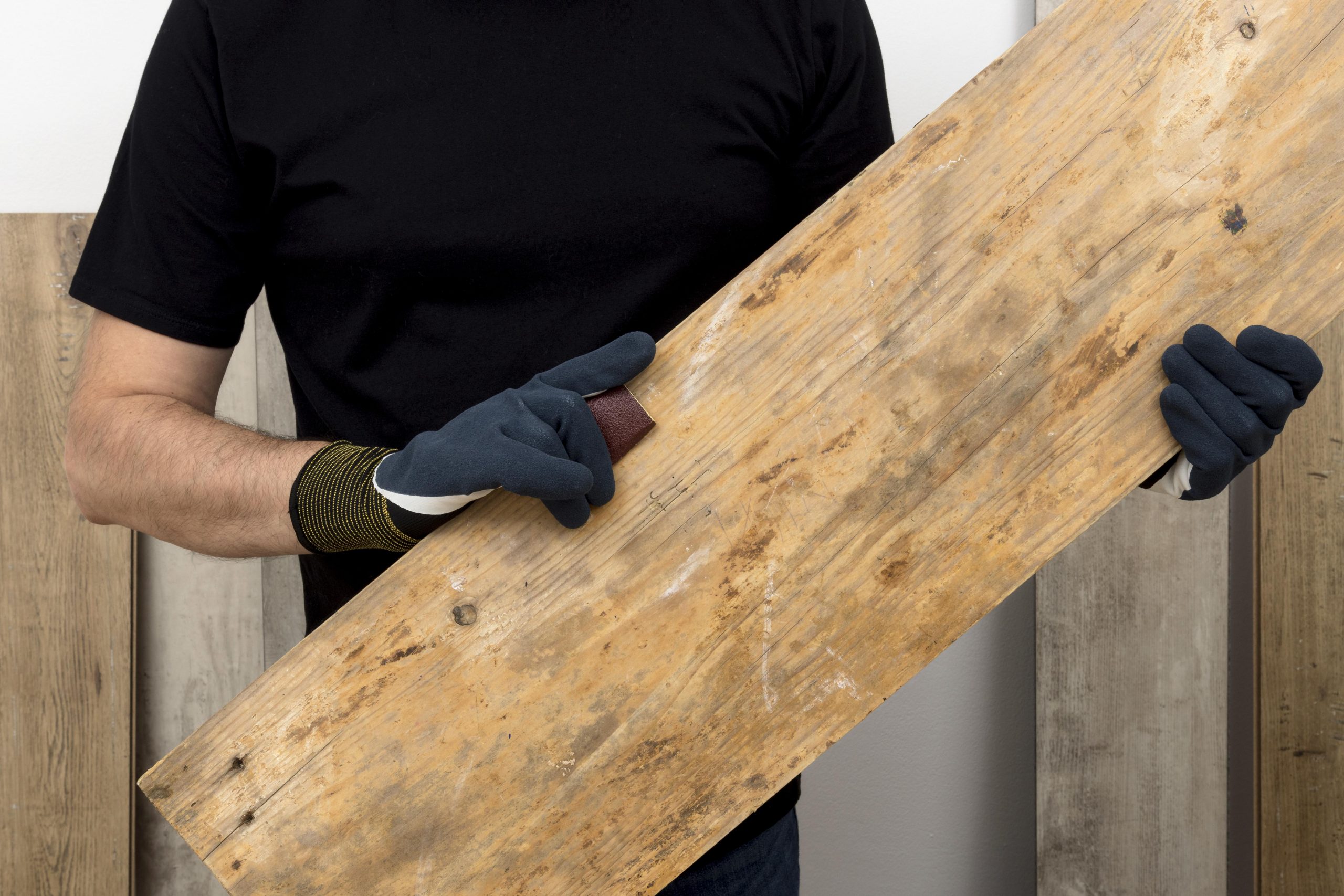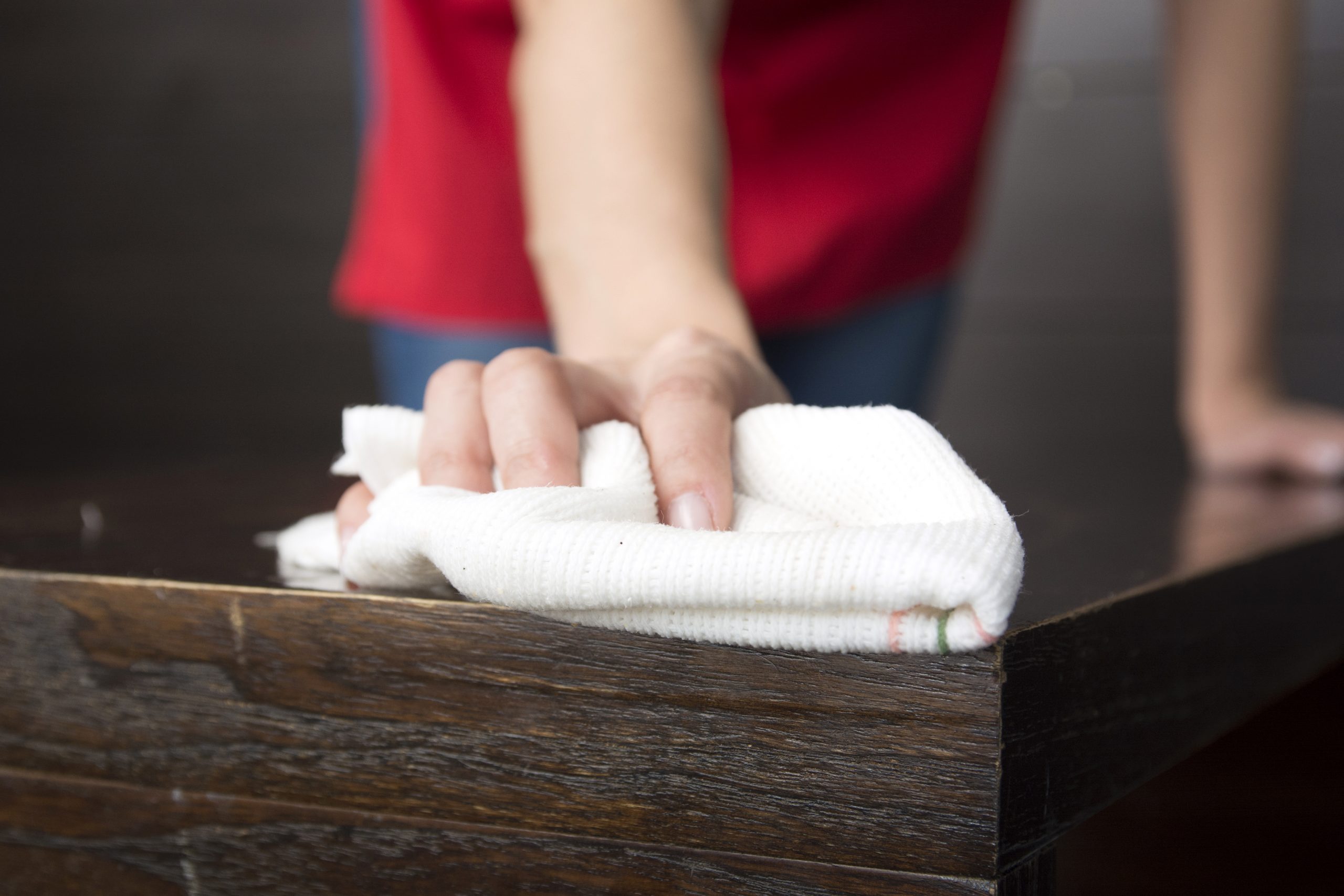Wooden furniture is beautiful and timeless, but it’s susceptible to scratches and dings over time. Whether it’s from pets, furniture movement, or daily use, scratches can detract from the elegance of your wooden surfaces. In this article, we’ll show you how to prevent and repair scratches, so your furniture stays in pristine condition.
1. Preventing Scratches: Proactive Care
The best way to deal with scratches is to prevent them before they happen. Here are some practical tips to keep your wooden furniture looking great:
- Use Furniture Pads: Place felt or rubber pads under furniture legs to prevent scratching when you move them.
- Coasters and Trivets: Always use coasters for glasses and trivets for hot pots to avoid moisture and heat damage.
- Keep Sharp Objects Away: Be mindful of sharp objects (like keys or scissors) on wooden surfaces. These can easily cause deep scratches.
- Avoid Dragging Furniture: Lift furniture instead of dragging it across wooden floors or surfaces to avoid gouging or scratching.
- Use a Soft Cloth: When cleaning, use a microfiber or soft cloth to avoid causing scratches from dirt or debris.
2. Repairing Minor Scratches: DIY Solutions
Even with the best care, scratches are bound to happen. Here’s how you can repair minor scratches yourself:
Using a Wood Marker or Crayon
For light, superficial scratches, a wood touch-up marker or crayon can be your best friend. These come in various wood tones and are easy to apply.
- Choose the right color: Select a shade that matches your wood finish.
- Apply gently: Fill in the scratch with the marker or crayon, following the grain of the wood.
- Wipe excess: Use a soft cloth to gently wipe off any excess color.
- Buff to blend: Buff the area lightly to smooth out any unevenness and blend the repair into the surrounding surface.
Using a Walnut
For natural and effective scratch repair, a walnut works wonders on wooden surfaces. The oils in the nut help fill in minor scratches.
- Rub the walnut: Take the meat of the walnut and rub it over the scratch. The oils from the walnut will darken the scratch and make it less noticeable.
- Buff the area: Use a soft cloth to buff the area and blend the walnut oil with the surrounding wood.
3. Repairing Deeper Scratches: More Advanced Solutions
For deeper scratches that go beyond the surface, you may need to use more intensive methods.
Wood Filler and Stain
If the scratch is deep enough to expose the wood, a wood filler is necessary to fill in the gouge before staining.
- Clean the scratch: Make sure the area is free of dust and debris.
- Apply wood filler: Use a wood filler or putty that matches the wood color. Fill the scratch, making sure to smooth it with a putty knife.
- Let it dry: Allow the filler to dry completely before sanding it down lightly.
- Sand and finish: Once the filler has dried, sand it down until smooth, then stain and finish to match the rest of the wood.
Using a Wood Scratch Repair Kit
Wood repair kits are available and come with everything you need to repair deep scratches and gouges. These kits typically include wood fillers, stain, and finishing tools for a flawless repair.
4. When to Seek Professional Help
If the scratches are too deep or the wood has been severely damaged, it may be best to consult a professional. Experts can repair large gouges or restore antique wooden furniture to its original beauty.
Conclusion
With the right preventive measures and simple repair techniques, you can easily maintain your wooden surfaces and keep them scratch-free. Whether it’s a quick touch-up or a more involved repair, taking care of your wood furniture ensures it stays beautiful for years to come.


